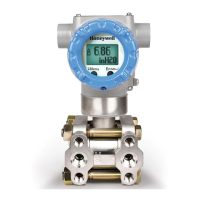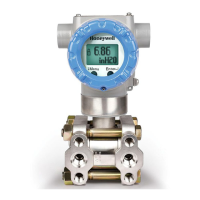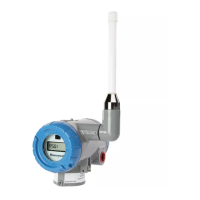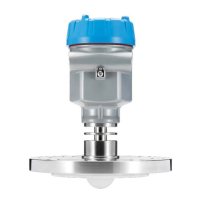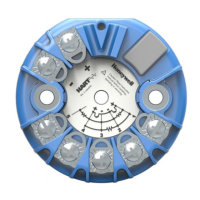If the flow output is required to go to
failsafe when there is a temperature
failure, selecting Temperature Failsafe
(PV2 Failsafe) will assure this.
If failsafe for the flow output is not
needed when a temperature sensor
fails, the nominal or design values for
temperature are used in the flow
calculation and the flow rate continues
to be reported. Some use cases are
listed below.
Case1: This switch On or OFF: When
PV3 is mapped to Output, and when
PV3 goes bad, device always goes to
burnout.
PV3 Process Input: If the PV3 input
becomes good, device needs a power
cycle to return to normal if Critical
Status Latching is ON.
PV3 Process Input: If the PV3 input
becomes good, device returns to
normal without power cycle if Critical
Status Latching is OFF.
PV3 Sim Input: If the PV3 input
becomes good, device returns to
normal without a power cycle whether
Latching is ON or OFF.
Case 2: This Switch ON: When PV4 is
mapped to output, bad PV3 makes
PV4 bad and device goes to burnout.
PV4 calculated: If the PV3 input
becomes good (Process input or Sim
value), device needs a power cycle to
return to normal.
PV4 Simulated: PV3 input good or bad
(Process input or Sim value), PV4 is
not dependent on PV3. If PV4 sim
input is Bad, device goes to Burnout. If
PV4 Sim input becomes good, device
returns to normal without power cycle.
Case3: This switch OFF: If PV4 is
mapped to output, PV4 is still good on
bad PV3. PV4 calculation uses Design
Temperature or Nominal / Default
Temperature as below:
SMV3000, Standard:
Fluid = Gas: Flow equation Uses
Design Temperature.
Fluid = Liquid: Flow equation Uses

